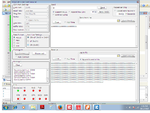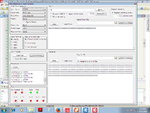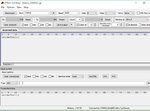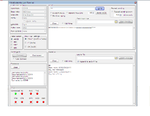djc
Advanced Member level 1
Hello brian,
Clock frequency is 20Mhz. I tried range of values from 33 to 25. But no result. 'Test' is Pin no 19. No relation with UART pins. Either UART1_init(9600) or manual settings is used. MAnual settings part is commented.
Clock frequency is 20Mhz. I tried range of values from 33 to 25. But no result. 'Test' is Pin no 19. No relation with UART pins. Either UART1_init(9600) or manual settings is used. MAnual settings part is commented.



